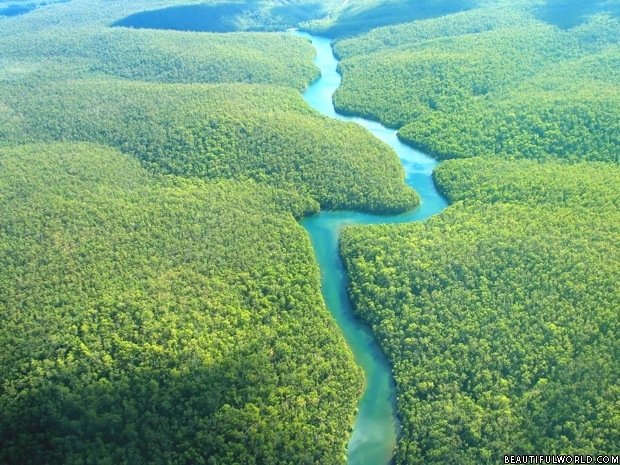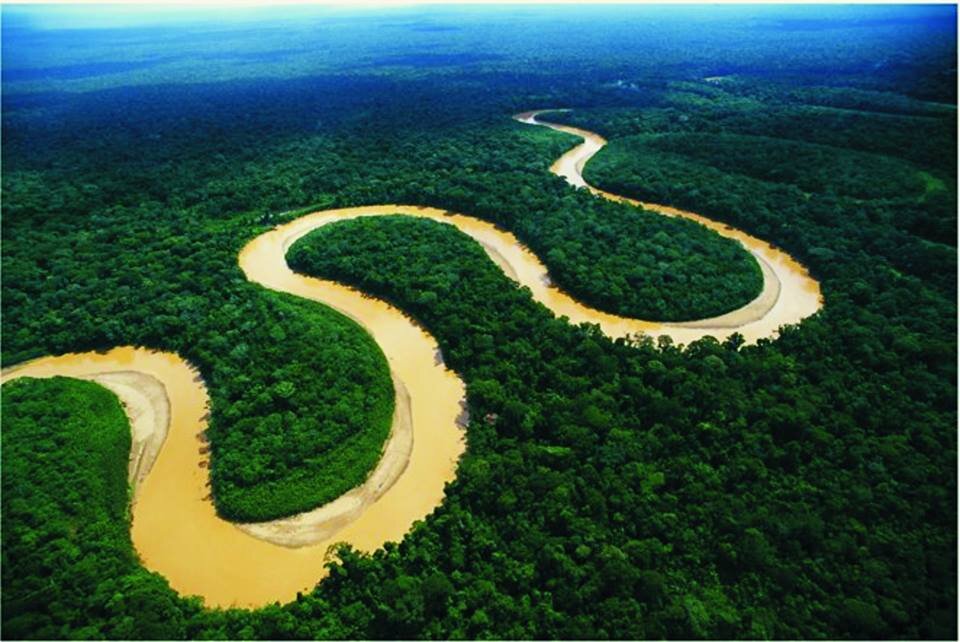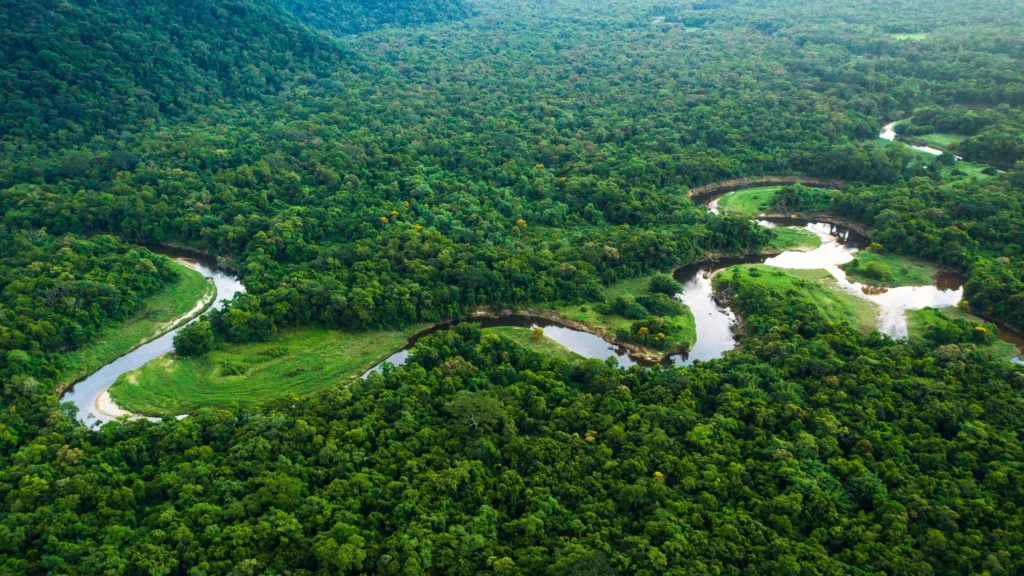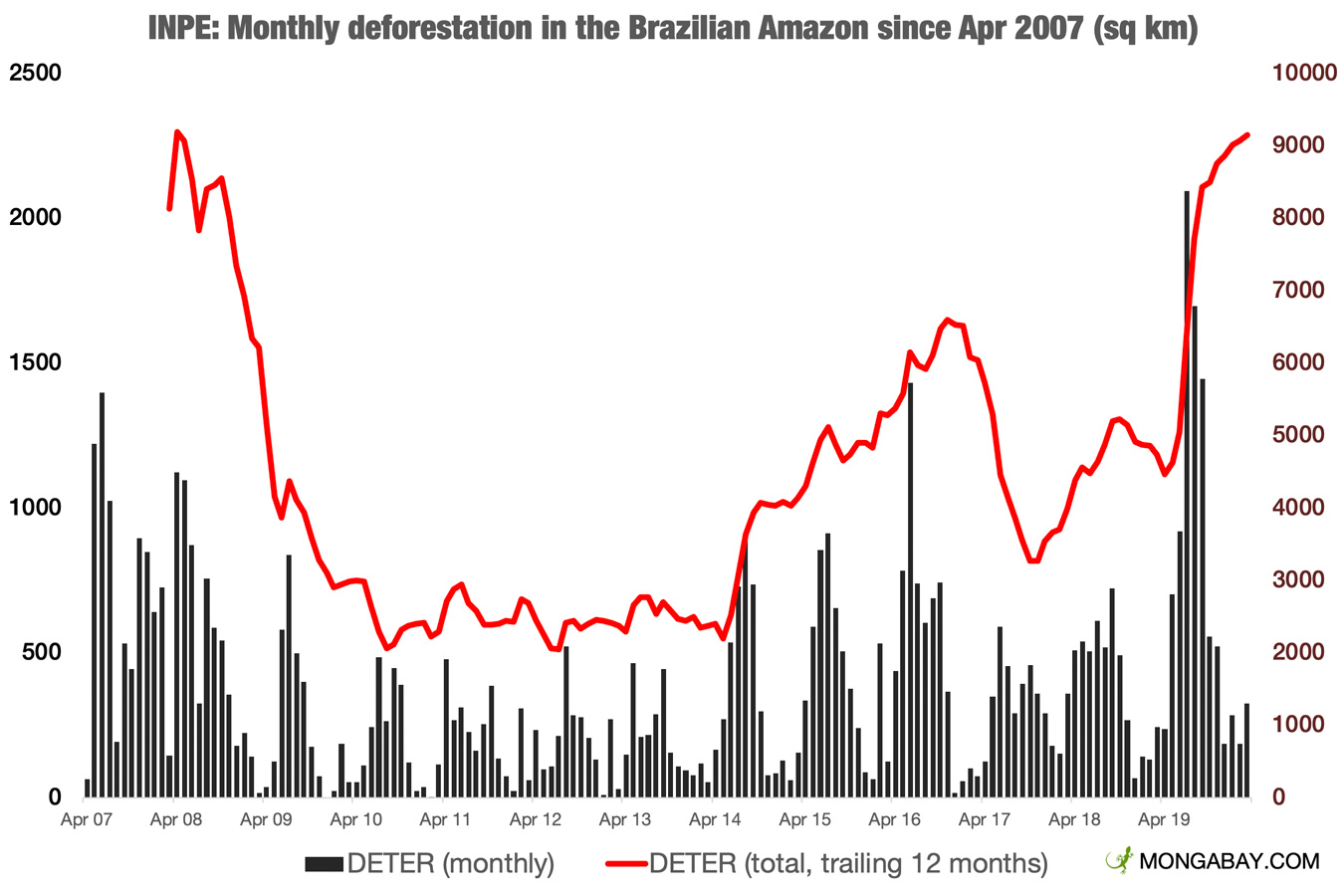Introduction
The Amazon Rainforest, often called the “lungs of the Earth,” is one of the most biodiverse ecosystems on the planet. Beyond its breathtaking landscapes, the Amazon provides invaluable services to humanity, from regulating global climate to serving as a home for countless species, including indigenous communities.
The COVID-19 pandemic disrupted lives across the globe, and the Amazon Rainforest was no exception. While attention turned toward managing a global health crisis, the effects on the Amazon’s environment and communities were profound. From surging deforestation to the vulnerability of indigenous populations, the pandemic left its mark on this vital region.
This blog dives deep into the implications of the pandemic on the Amazon Rainforest, discussing deforestation, community challenges, government responses, and the long-term environmental effects.
Initial Impacts of the Pandemic
Reduced Environmental Oversight
When the pandemic hit, governments globally were forced to shift resources toward managing public health emergencies. This redirection left environmental monitoring in regions like the Amazon largely unattended. Law enforcement agencies and environmental regulators faced staff shortages, funding cuts, and logistical challenges, reducing their ability to monitor activities like illegal logging and mining.
Economic Hardship and Increased Deforestation

The economic downturn caused by COVID-19 also played a significant role. For local communities reliant on agriculture or tourism, the loss of income pushed many toward unsustainable activities, like deforestation, as a means of survival. Additionally, crime syndicates exploited weakened oversight, further accelerating environmental degradation.
Deforestation Surge
Causes of Increased Deforestation
Several factors contributed to the sharp rise in deforestation of the Amazon during the pandemic:
- Illegal activities: Loggers and miners took advantage of reduced enforcement levels.
- Agricultural expansion: Farmers cleared forests for crops and cattle ranching.
- Road-building projects: The development of infrastructure opened new areas of the Amazon to exploitation.
Statistics on Deforestation Rates During the Pandemic
The numbers tell a grim story. According to satellite data, deforestation in the Amazon peaked sharply during the pandemic, with losses of over 11,000 square kilometers recorded in 2020 alone. That’s a nearly 30% increase from pre-pandemic rates.
Illegal Mining and Logging

The pandemic provided cover for illegal mining and logging activities, with many operations going unchecked. Gold mining in protected areas, for instance, surged, leading to toxic mercury pollution and habitat destruction.
Impact on Indigenous Communities
Increased Vulnerability to COVID-19
Indigenous communities in the Amazon were particularly vulnerable to COVID-19. Limited access to healthcare, coupled with the arrival of outsiders through illegal activities, led to outbreaks and devastating consequences for these remote populations.
Loss of Traditional Livelihoods
The pandemic also disrupted the traditional ways of life for many indigenous groups. River-based trade, which forms the backbone of livelihoods for some communities, was suspended, compounding economic strain and exposing them to exploitative practices.
Government and NGO Responses

Government Policies and Challenges
While some government policies aimed to curb illegal activities in the Amazon, enforcement proved challenging during the pandemic. Limited budgets and political inertia further exacerbated the situation.
NGO Efforts and Conservation Projects
NGOs stepped up to fill the gap in conservation efforts. Groups like the Amazon Conservation Association intensified fundraising campaigns and implemented conservation programs focused on preserving biodiversity and supporting affected communities.
Long-Term Environmental Consequences
Biodiversity Loss
The spike in deforestation has pushed already endangered species closer to extinction. Many animals and plants lost significant portions of their habitat, destabilizing ecosystems and reducing genetic diversity.
Climate Change Implications
The loss of Amazonian trees has a direct impact on the global climate. The rainforest absorbs around 2 billion tons of CO2 annually, but with more deforestation comes reduced carbon capture, fueling global warming.
Economic Impacts

Shift in Global Supply Chains
COVID-19 also reshaped supply chains globally. Businesses reliant on timber, agro-products, or minerals from the Amazon were forced to adapt to disruptions caused by environmental degradation and the pandemic.
Sustainable Economic Alternatives
Meanwhile, sustainable projects, like ecotourism and organic farming, emerged as viable alternatives for supporting local economies. Initiatives promoting fair trade Amazonian products gained traction, encouraging greener practices.
Public Awareness and Global Response
Increased Media Coverage
If there’s one silver lining, it’s that media coverage of the Amazon surged during the pandemic. Documentaries and social campaigns brought global attention to the region’s plight, sparking debates about corporate and consumer responsibility.
Global Initiatives and Funding
Numerous international collaborations, like the EU-Mercosur agreement, increasingly tied trade deals to environmental commitments, pressuring countries like Brazil to prioritize rainforest conservation.
Personal Stories and Examples

Consider the story of the Yawanawá tribe in Brazil. They turned to digital platforms to share their challenges during the pandemic, raising awareness about illegal land invasions and health risks. Their resilience and ability to adapt showcased both the vulnerabilities and strength of Amazonian communities.
Pros and Cons
Positive Impacts
- Increased global awareness of rainforest issues
- Greater funding for conservation projects
- Heightened focus on the need for sustainable supply chains
Negative Impacts
- Surge in deforestation rates
- Loss of species and ecosystems
- Increased health risks for indigenous communities
Future Outlook
Potential Scenarios for the Rainforest
The Amazon faces two potential futures. One sees the continued degradation of the rainforest, with cascading consequences for biodiversity and climate. The other envisions stronger global action, funding, and enforcement protecting the region’s unique ecosystem.
Importance of Continued Monitoring and Conservation
Without continued monitoring, enforcement of environmental laws, and investment in sustainable practices, the Amazon’s future hangs in the balance. Governments, NGOs, businesses, and individuals all have a role to play in preserving this global treasure.
People Also Ask Section
What is the current deforestation rate in the Amazon Rainforest?
Recent estimates suggest the Amazon loses approximately 11,088 square kilometers of forest annually, with peaks seen during the COVID-19 pandemic.
How has COVID-19 impacted conservation efforts?
The pandemic hindered conservation efforts through reduced funding, staffing shortages, and enforcement challenges.
What can individuals do to help the Amazon Rainforest?
Individuals can contribute by supporting sustainable products, raising awareness, donating to conservation NGOs, and reducing their carbon footprint.
FAQ Section
How has COVID-19 affected indigenous communities in the Amazon?
COVID-19 increased health vulnerabilities, disrupted traditional trades, and intensified conflicts over illegal land use in indigenous territories.
What role do NGOs play in Amazon conservation?
NGOs fill critical gaps in conservation by funding projects, supporting local communities, and lobbying for global climate action.
Why is protecting the Amazon Rainforest important?
The Amazon regulates global climate, supports biodiversity, and sustains millions of livelihoods, making its protection crucial for humanity.
Urgent Action Needed to Protect the Amazon
The COVID-19 pandemic underscored both the resilience and fragility of the Amazon Rainforest. With increased deforestation, health crises, and disrupted livelihoods, the challenges highlighted during the pandemic demand urgent attention.
Conserving the Amazon isn’t just about preserving a rainforest; it’s about safeguarding a legacy of biodiversity, culture, and climate stability. Take action today by supporting conservation projects, sharing this information, and advocating for policies that prioritize environmental health over short-term gains. Together, we can ensure a healthier future for the Amazon and our planet.


